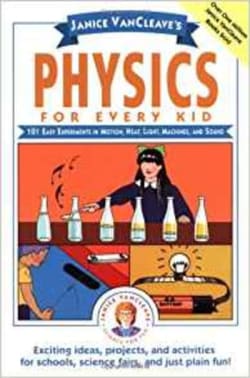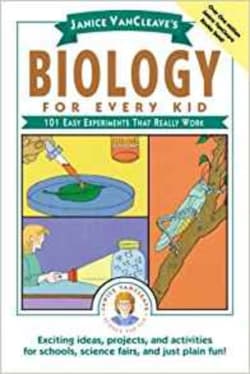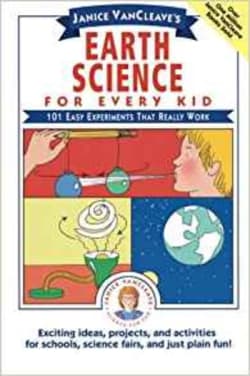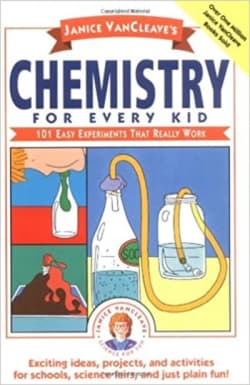Images
Why do planets spin? How hot is the Sun? What keeps the Moon in orbit around the Earth? What are Saturn's rings made of? What's a black hole in space? Now you can discover the answers to these and other fascinating questions about basic astronomy. In Astronomy for Every Kid you'll learn about the constellations using a shoe box planetarium. You'll chart the movement of the stars with nothing but a string, a marker, and a nail. And you'll use a toy magnet to simulate the Earth's protective force field. Each of the 101 experiments is broken down into its purpose, a list of materials, step-by-step instructions, expected results, and an easy to understand explanation. Every activity has been pretested and can be performed safely and inexpensively in the classroom or at home.
Similar resources

Nasco Science Experiment Kits

Looking at the Moon
Observing with NASA

Air and Space Anywhere

Exploring Creation With Astronomy, 2nd Edition

Astronomy
I taught science for 27 years. During my teaching career, I taught in 11 different schools, mostly in Texas but also taught in Arkansas as well as on an army base in Germany. Of all the different science curricula that I’ve taught, my preference is physics, followed by chemistry, then biology, then geology.
My teaching style was a bit unorthodox–if I saw beautiful mushrooms growing on the side of the road, I’d stop and collect them so my classes could observe them. Mushrooms and physics are not the best fit, but if I had to I could find physics objective for using them—if nothing else came to mind the kids could determine their circumference.
Living in a rural area, my husband grows a garden each year. On year I encouraged him to grow pumpkins, which I took to school for a physics pumpkin carving project. Teams of kids worked together designing how they would carve their pumpkin. Each team had to prepare a scale diagram for the design. It was fun and they learned lots of math.
Another fun physics project was musical bottles. The objective was for a team to fill bottles with water so that when the bottles were tapped a musical note was produced. Using the bottles, the team had to play a song of their choice for the class. Some were simple but one team played, “Lean On Me.” Along with the bottles the team included a drum made with a box. It was beautiful!!
Yes, the school had science equipment and yes we used it. But I don’t remember the science equipment yet the musical bottles project is still a clear memory. Most likely the same is true for my students.


Physics for Every Kid: 101 Easy Experiments in Motion, Heat, Light, Machines, and Sound

Biology For Every Kid: 101 Easy Experiments That Really Work

Earth Science for Every Kid: 101 Easy Experiments that Really Work






